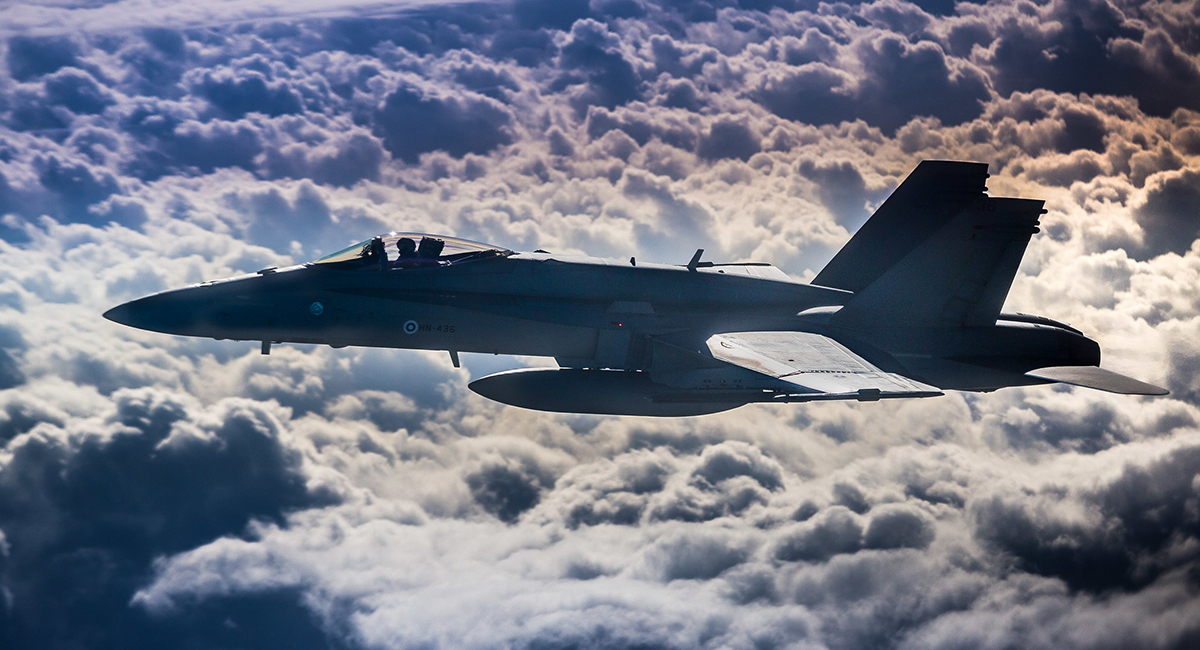Some members of Congress and pundits have asked why NATO cannot set up a no-fly zone in Ukraine like the one imposed by U.S.-led coalition forces over Iraq between the two Iraq wars. For several reasons, this is a risky idea.
Most important, Iraq was a second-rate power, which had just suffered a catastrophic defeat in the First Persian Gulf War in 1991, that no responsible analyst believed had nuclear weapons at the time the no-fly zone was imposed; conversely, Russia is still one of two nuclear superpowers. The short answer to the question is that setting up a no-fly zone in Ukraine as the Russians are conducting a ground war in the country could lead to an escalation to nuclear war between the superpowers.
The seemingly innocuous-sounding term “no-fly zone” might imply merely declaring and patrolling the skies over all or parts of Ukraine with American and NATO fighter jets. The reason for the potential escalation to nuclear war would be because Russia also wants to use Ukrainian airspace to support its ground war. Before the U.S. and NATO planes would be safe patrolling the skies to enforce the zone, very capable Russian fighter aircraft in the air or at airfields and sophisticated air defense missiles on the ground would need to be destroyed. This would require offensive attacks directly against a nuclear superpower—in short, an act of war, not just a passive operation.
The United States and the Soviet Union, during the Cold War, scrupulously avoided bringing their military forces into large-scale, direct combat. They did this to avoid such escalation to nuclear conflict. They might provide weapons and support material to proxy forces in various countries in their global competition, but direct fighting between the armed forces of the two nuclear superpowers was taboo.
Although the Cold War is over, Russia and the United States alone still have the power to vaporize much of the world in a nuclear war. Thus, it is still a wise policy not to bring armed forces of the two nuclear superpowers into direct, large-scale contact. That is the reason President Joe Biden declined, early in the Ukraine crisis, to send NATO troops to help the Ukrainians if Russia invaded. Getting into air combat with Russian forces would be no better than mixing it up with them in ground combat.
Because direct military contact between the nuclear powers should still be taboo, the United States will have to remain content with economic measures and rapidly shipping more Javelin anti-tank missiles, Stinger short-range anti-aircraft missiles, and small arms and ammunition to the Ukrainians. NATO should also consider sending more drones to attack Russian ground artillery and rocket launchers bombarding Ukrainian cities and THAAD high-altitude anti-aircraft launchers to shoot-down Russian jets attacking the cities and elsewhere. Finally, if NATO believes Ukrainian pilots can operate them effectively, the alliance could send the rumored fighter jets to Poland and let Ukrainian pilots operate them from bases within Ukraine. If all major airfields in Ukraine are held by the Russians, perhaps the alliance could send vertical/short take-off and landing aircraft that could operate from primitive bases without long runways in the Ukrainian countryside.
The United States, the European Union, and other nations have imposed harsh sanctions against Russia, but so far, bans on oil and gas imports, Russia’s primary export has been left untouched. This is because Western countries need such imports for their economies and maybe even for political stability. This conundrum can be remedied by merely suspending or eliminating U.S. and Western regulations on the oil and gas markets, thus driving down the world oil price and tanking Russia’s revenue from oil imports. Expanding the weapons sold to Ukraine and driving down the world oil price by deregulation are much better than setting up a dangerous no-fly zone that could end in catastrophe.

















